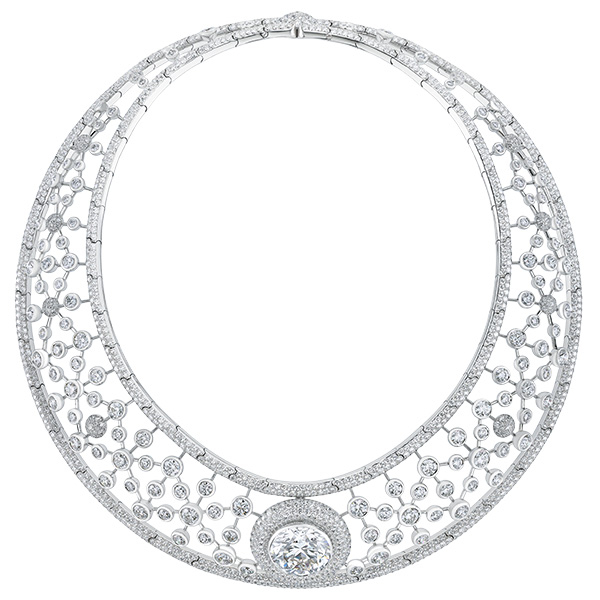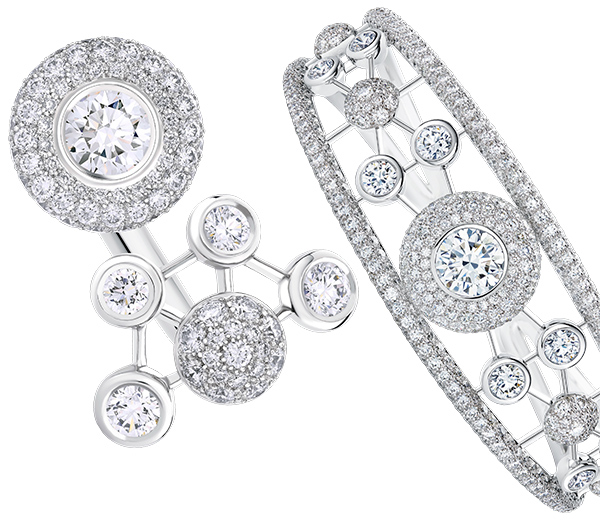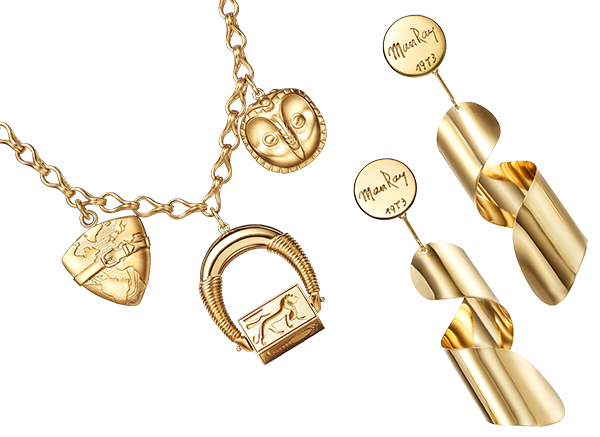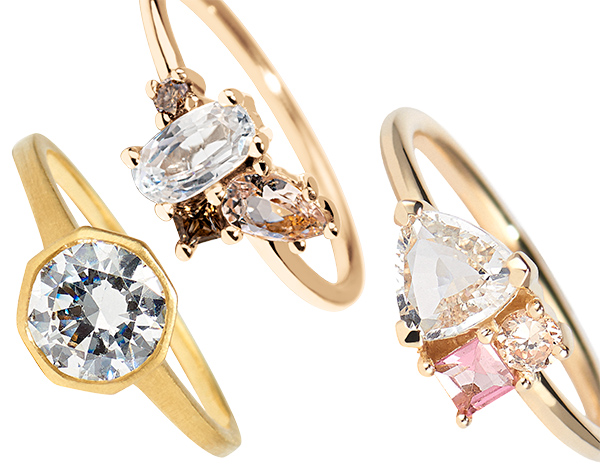
Conscious, sustainable, and ethical are buzzwords—but they also point to a fundamental shift in how consumers define luxury. Just ask Gen Z.
Skim the front page of any newspaper, Twitter feed, or highly unscientific straw poll, and it’s evident that business isn’t operating as usual. A collage of influences—the pandemic, social justice movements, and the rise of vocal and diverse Generation Z consumers—is transforming how virtually every aspect of the world works. And the luxury and jewelry sectors are not immune to the changes.
“Brands are keenly aware that the entire supply chain, from raw materials to distribution, has to be environmentally sustainable and just, along with equitable and respectful to the people doing the work and the communities around them,” says Milton Pedraza, CEO of the New York City–based Luxury Institute.
Whereas past generations defined luxury as a function of exclusivity and prestige, Generations Y and Z have a fundamentally different understanding of the concept. “The neuron connections of young people across the world are reconnected differently,” Pedraza says. “They understand the urgency for their future and their children’s future to have a lot of environmental and societal changes. There’s traction that’s inescapable.
“The upside of change: It’s good and profitable to be good to societies, the environment, and human beings,” he adds. “It builds brand equity and inspires loyalty in associates [and] among consumers, and it inspires towns and municipalities to host you and give you tax incentives.”

Fixing the future
Diamond giant De Beers recently began charting its own progress toward addressing matters including climate change, inclusivity, and community partnerships with a framework called “Building Forever,” a means to “set objectives for the decade to come,” according to Stephen Lussier, De Beers’ now-retired executive vice president for brands and consumer markets.
“It’s always important that we have a positive impact where we operate, but the biggest evolution is setting hard targets for what we would achieve by 2030,” Lussier tells JCK.
Those 10-year goals include becoming carbon-neutral across the company’s operations and increasing the diversity of creative talent in the diamond jewelry sector.
“The pandemic taught us that we are connected; there’s an interconnectedness in the world,” Lussier says. “What happens in one place can have quite a significant impact anywhere in the world. That has changed the mindset, especially about the climate agenda and similarly on inequality. There’s nothing particularly controversial about the objectives. We’re focusing on core issues the world needs to solve.”
Still, the company is taking care to separate its messages regarding the fundamental desirability of diamonds from information that “facilitates attraction to the category.” The Building Forever material falls into the latter category. “The Building Forever space is the thing that makes diamonds feel that they exist in a world that consumers are proud to be associated with,” Lussier says.

If you build it…
Bob Donofrio, the founder of Futura Jewelry in New York City, has a long view of the future. When he introduced the brand in 2017, he inverted the priorities of many entrepreneurs. “My mission is communication first, selling jewelry second,” he says.
Donofrio’s messaging calls attention to toxins used in artisanal and small-scale gold mining and supports alternative practices for such mining operations. “We have to make the same thing happen for gold as conflict diamonds,” he says. “Consumers can make things change.”
The brand features jewelry made with 18k certified Fairmined Ecological gold, which has been mined and processed without mercury or cyanide and conforms to the Fairmined standard developed by the Alliance for Responsible Mining. Consulting jewelry historians curate the brand’s designs, which vary widely in style and defy easy characterization, except to say they have strong links to historical jewels—from archival earring designs by the likes of Art Smith and Man Ray to a pendant based on an ancient Egyptian jewel.
With the recent arrival of pieces at more accessible prices—such as stacking rings that retail for less than $1,000—Donofrio is angling to make Futura and its mercury-free message accessible to a younger generation of consumers who are the most plugged-in and vocal demographic of all. “I want them to know there’s an option for clean gold they never knew before,” he says.
Futura’s recently opened gold processing plant is expected to increase its capacity over several years, significantly adding to the availability of mercury-free gold, which is now in short supply. “Five years from now, this will be the industry standard,” Donofrio says. “The consumer wants it.”
Donofrio may be on to something. Just look to the response Net-a-Porter’s Net Sustain project has received. The platform highlights brands sold by the online retailer that meet its criteria for sustainability. Since its introduction in June 2019, the brand offering has increased by more than 500%, and the retailer plans to expand it each season.

The artist’s way
In 2017, Denver-based designer Mariele Ivy, founder of Young in the Mountains, switched to working exclusively with stones originating from the United States for the lapidary work that appears liberally in her collection. Her decision was spurred by ethical concerns surrounding some of the materials she once used. Knowing that her jewelry was often chosen by couples as a meaningful symbol of their love, Ivy wanted to ensure the materials she used did not harm people or planet on their journey to market.
“I couldn’t be distracted by the beauty when what I was making represented love,” Ivy says. “There couldn’t be a dark side to the materials.”
She is equally protective of the jewelers who work for her. “We sometimes have clients that have strange expectations of perfection. I’m the first person to tell them to go elsewhere because we’re not robots. Some people want machine perfection, and I won’t force real artists into that.”
Ivy’s approach reflects her conviction that “being an artist is about how you show up, not just in what you’re producing.”
Transparency you can see
With the 2008 debut of their jewelry brand Bario Neal, which specializes in commitment jewelry, Anna Bario and Page Neal were at the forefront of the industry’s sustainability movement.
“We started with the desire to combine environmentalism with creative pursuits,” Bario explains. Early on, the pair realized the effort would require “a lot of research, and [so we] started working with some nonprofits to learn about extractives,” she says.
As a result, Bario Neal is extremely well-versed in the origins of its materials, including gems that are traceable from mine to market as well as reclaimed and Fairmined gold. In 2019, the company created its first-ever sustainability report. (The second report is forthcoming.) The 49-page document details every element of Bario Neal’s operations—from the steps used to evaluate suppliers to the origins of its diamonds (77% are reclaimed) to the code of conduct for vendors.
Being open to questions about the process is the brand’s modus operandi. “We don’t want to burden clients with the knowledge we have,” Bario says. “On our site, it’s a choose-your-own-adventure story. You don’t have to be bombarded, but the deeper you want to dive, we lay it all out there.”
Top: Alchemist of Light Atomique collar necklace in 18k white gold with 71.48 cts. t.w. diamonds, price on request; De Beers Jewellers